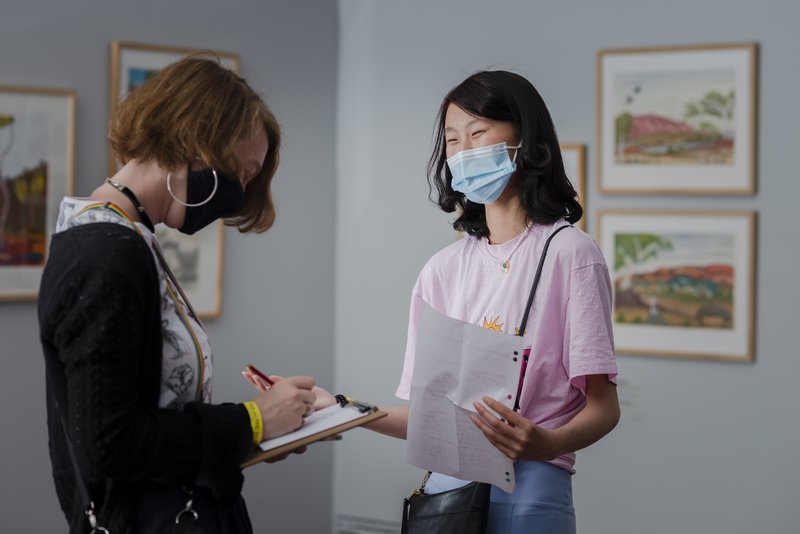A recent report by independent think-tank the Grattan Institute, Ending the lesson lottery: How to improve curriculum planning in schools, calls for the outsourced development of generic curriculum materials and lesson plans. While NAVA supports the report’s findings that ‘governments have dramatically underestimated how much support teachers need to get curriculum planning right’, we fear that the recommendation for the use of generic materials and lesson plans will erode quality teaching and learning more broadly.
Echoing feedback from the visual arts and craft sector during NAVA’s consultations on the revised Australian Curriculum in 2021, the report highlights that ‘well-designed, knowledge-rich and carefully sequenced lessons that build on student knowledge and skills over time’ are essential for teaching and learning, but that finding quality resources is currently time consuming for teachers. The findings of the report showed that of 2,243 teachers and school leaders surveyed, only 15 percent of them have access to a common bank of high-quality curriculum materials.
The report also highlights that teachers struggle with planning student learning when they are teaching subjects they are not familiar with or specialists on, or are teaching across too many different subjects. NAVA understands that this has been true for The Arts subjects for many years, particularly in primary schools.
If teachers were asked to use prescribed units and lesson plans, NAVA would be concerned about the equitable representation of arts and culture in diverse Australian classrooms. Teachers differentiate learning and take into account students’ voice, interests, learning styles and backgrounds. Without learning that is relevant, contextualised and engaging, we could see students consistently study a constricted list of artists who are unlikely to be local or relevant to students.
Based on conversations that NAVA undertook in 2021 with secondary school students engaged in the AGSA Neo Ambassador program, students are increasingly looking for opportunities to learn about diverse contemporary artists and mediums, while being able to see themselves and the issues that are important to them reflected in their own learning.
Rather than a common bank of prescribed lessons and resources, NAVA proposes an alternative solution in which curriculum authorities work in collaboration with the sector to provide teachers with a comprehensive map of resources and clear explanations about how they link to the curriculum. From NAVA’s consultation with teachers, we believe that a map would better support them in finding resources that reflect the broader ecology of the visual arts sector as well as the learning needs of their students. A resource map would also support early-career Visual Arts teachers and those teaching out-of-field.
NAVA is pleased that the Grattan Institute is prioritising education and learning in their research. However, we would like to see further research that surveys a larger cohort of educators, recognises the dedicated work that teachers are already doing and understands the value in providing arts students with a diverse representation of arts and culture within the curriculum has on student learning and engagement.







